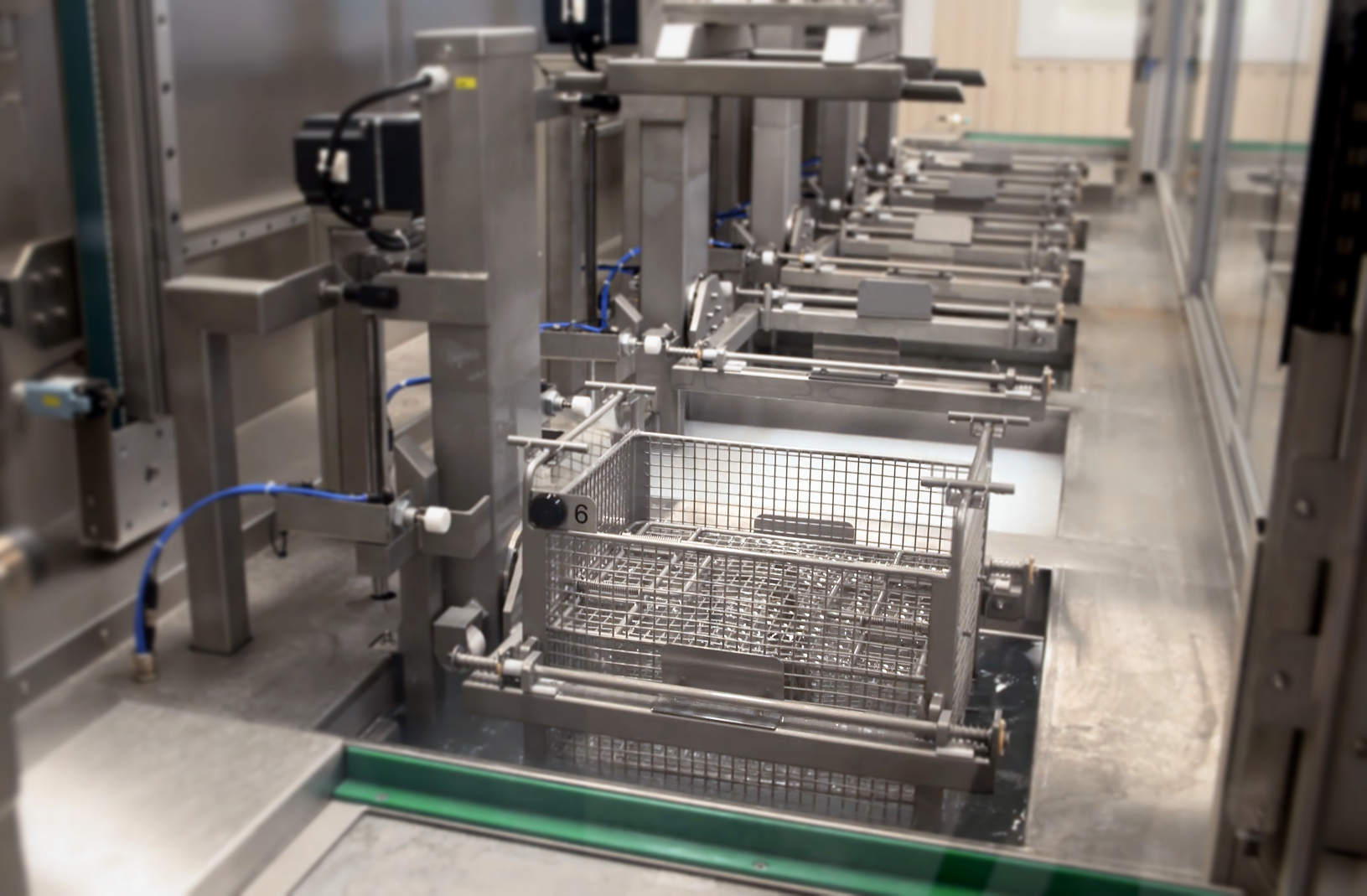Study: Ecological and economic assessment of resources' use
Because of the constantly increasing cleanliness requirements and residual dirt specifications in industrial parts production, the cleaning process can no longer be neglected in a production chain. What is more, it must be seen as a value-adding processing step. In this way, resources can be used efficiently, and material, energy, and costs can be saved. In practice, the increase in resource efficiency usually fails due to insufficient knowledge of key factors influencing the process.
On behalf of the VDI Center for Resource Efficiency, a study was carried out at the Fraunhofer IGCV in Augsburg and the Fraunhofer IVV in Dresden to evaluate the ecological and economic resource consumption of cleaning technologies for components in industrial production. Especially SMEs will show which economic and ecological influence the choice of the cleaning process and the adjustable process parameters can have on the increase of resource efficiency.
Within the study's scope, a model scenario was defined. Then, supported by a metrologically recorded test execution, real data for two cleaning plants (with synchronized cleaning results) were generated to compare them with each other. The ecological and economic evaluation results show that the plant's capacity utilization is by far the largest influencing factor on resource efficiency. The present study thus provides an impulse for an in-depth examination of the cleaning process. It raises awareness of the possibility of saving costs and resources through optimized cleaning technology and process control.
Last modified:
